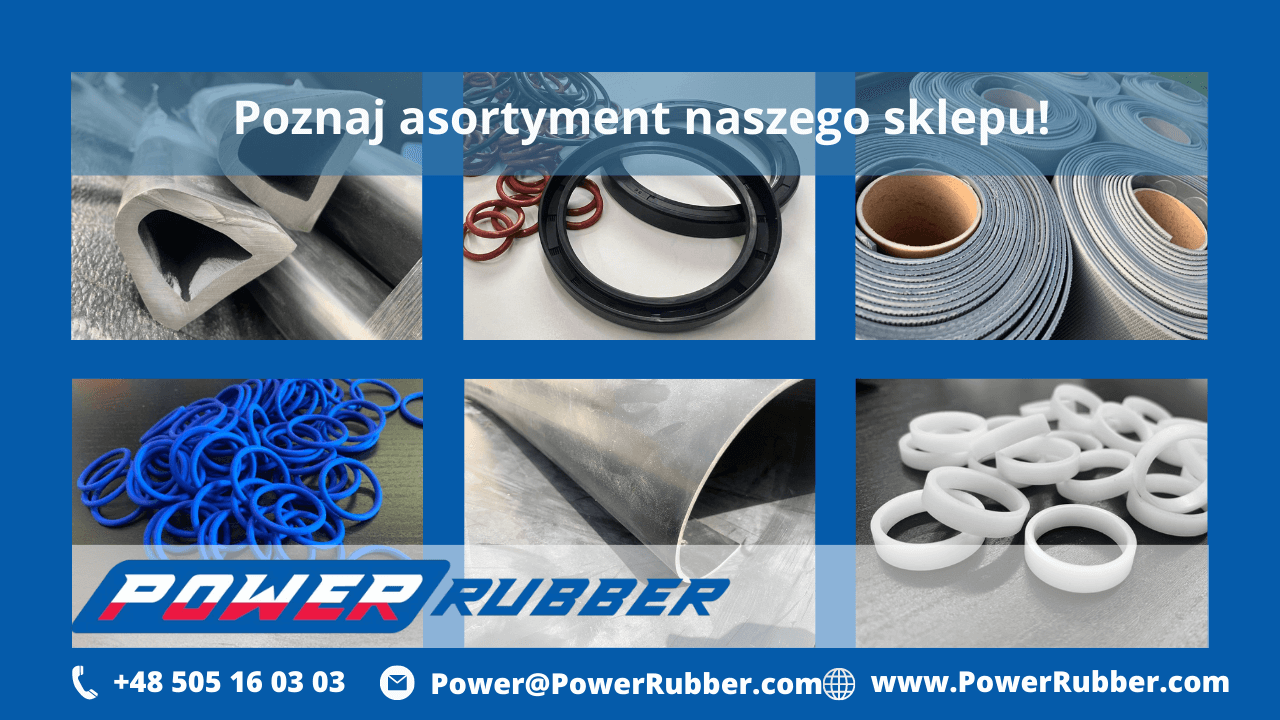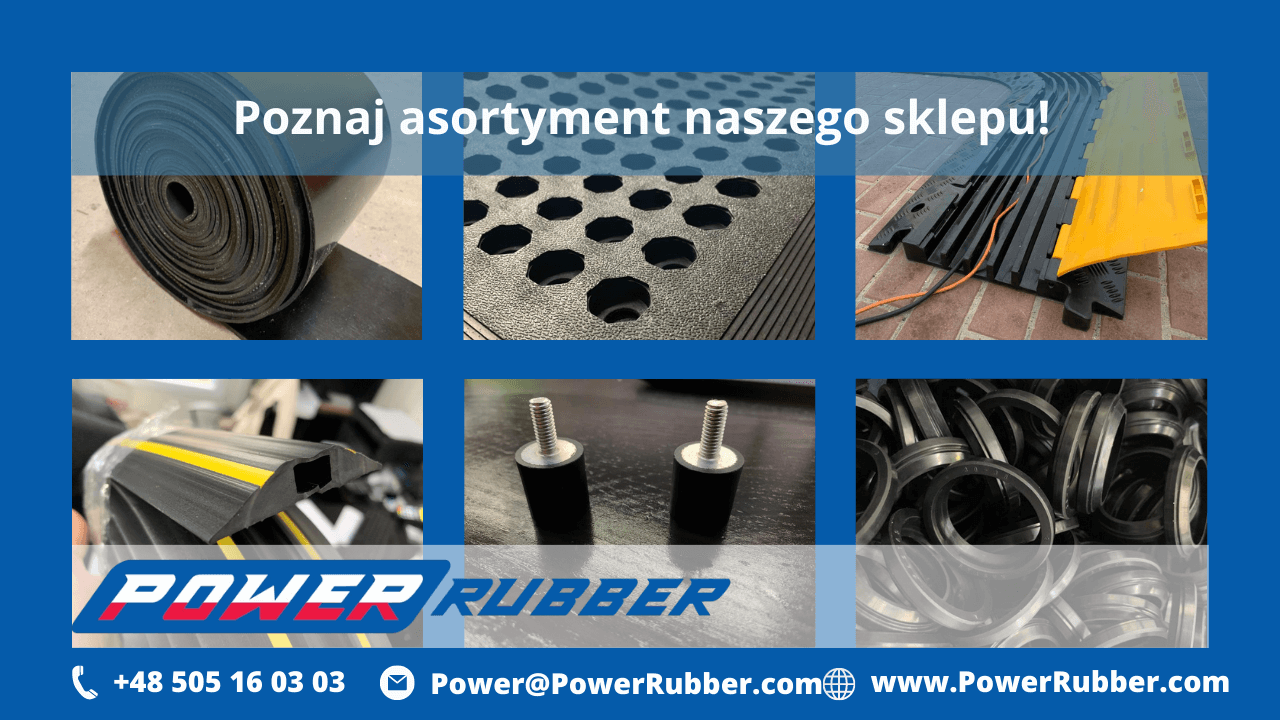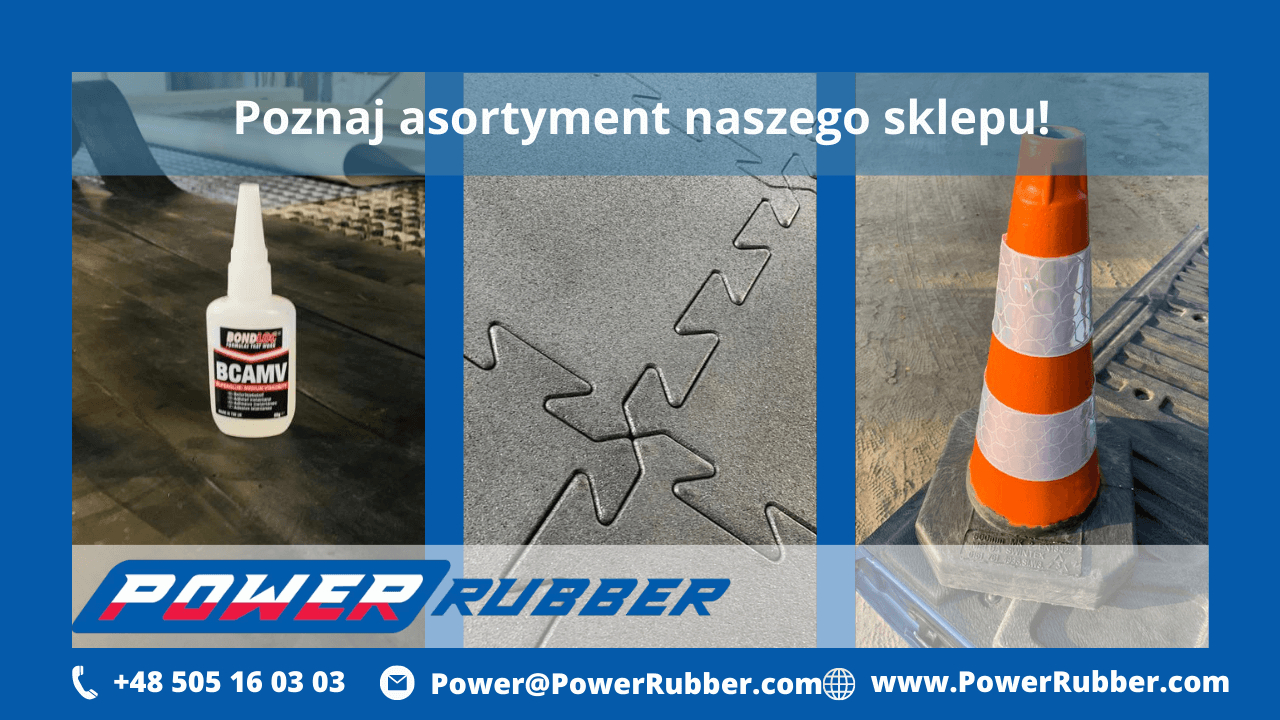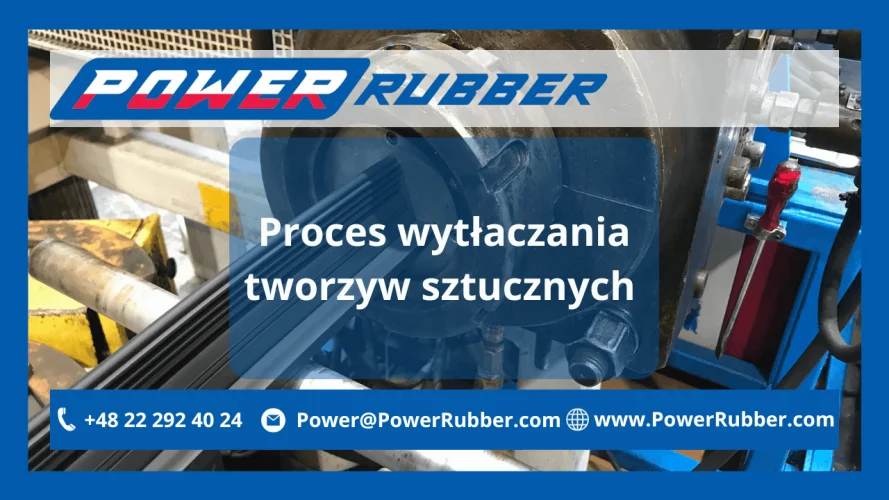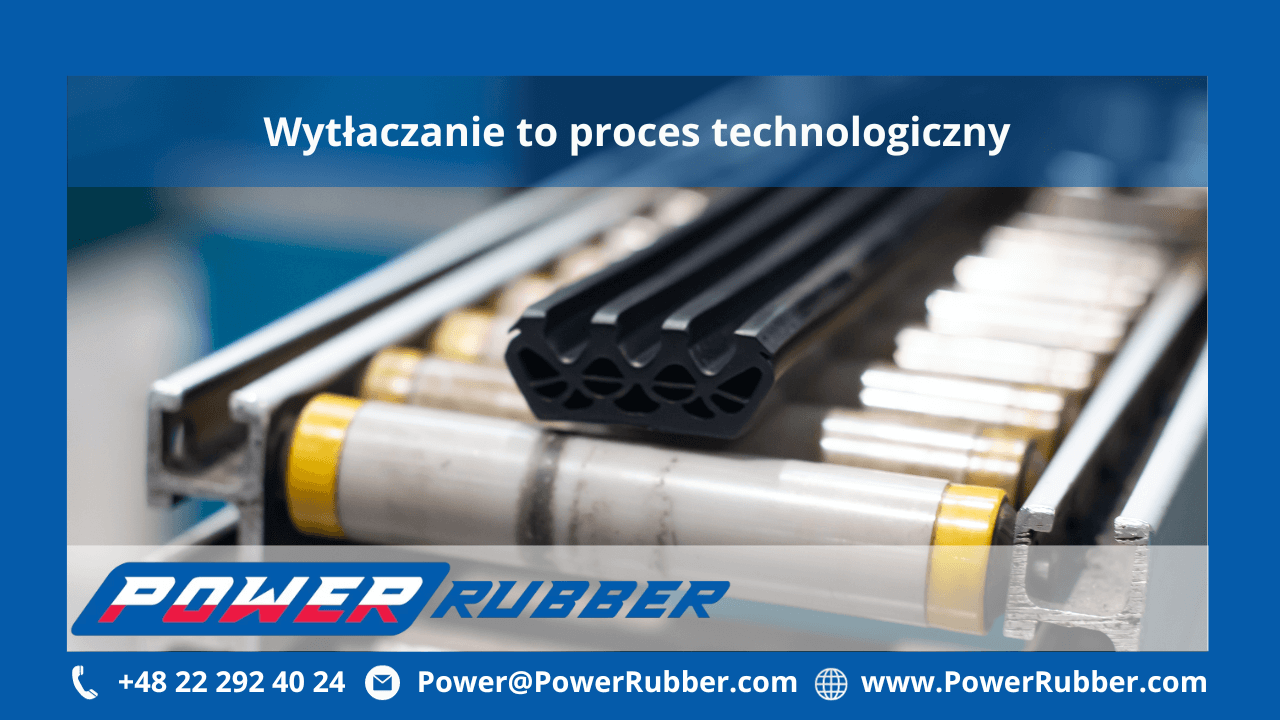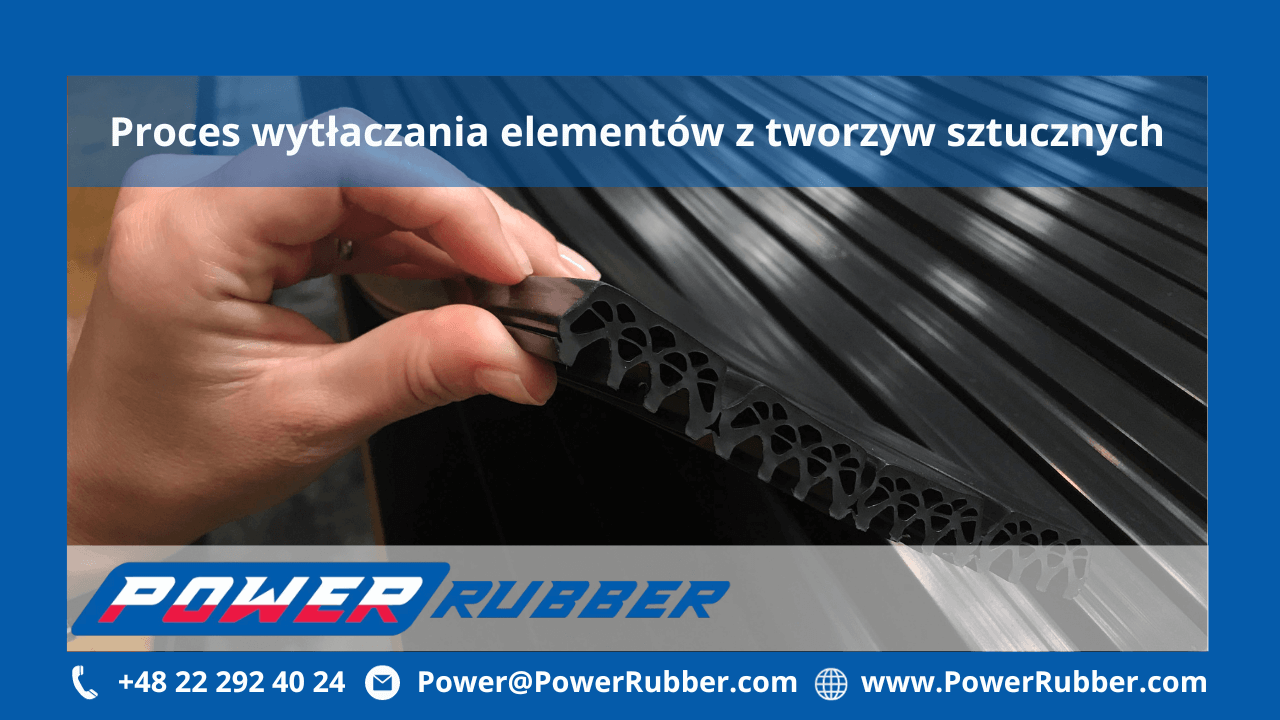Plastic Extrusion Process
Extrusion is a manufacturing process used to form semi-finished or finished plastic and rubber components. It involves mixing, heating, kneading, compressing, extruding and vulcanising materials. The process takes place by forcing a rubber compound under high pressure through a die at the end of an extruder, resulting in a shape that matches the final product.
Rubber Extrusion Machinery
Extrusion is carried out using an extruder, which includes a drive system, control unit, and plasticising unit where the material is heated to the appropriate temperature. The machine can also feature a material hopper. Soft, uncured synthetic or natural rubber is loaded into the hopper, and under high pressure, shaped through a die to form the required cross-section. The extruded item usually needs to be cured or vulcanised to be suitable for use.
During production, the operator monitors temperature, pressure and extrusion speed. Under high pressure, the rubber is pushed through the die head, forming the desired shape. The extrudate can be cut to specific lengths or wound onto a drum.
Types of Extruders
Extrusion machines are categorised into:
-
Single-screw extruders
-
Twin-screw extruders
The screw type depends on the characteristics of the material. It determines the quality and consistency of the end product and supports plasticisation and homogenisation. For homogeneous materials, single-screw extruders are preferred; high pressure drives the material through the die, shaping it as required. Counter-rotating and planetary twin-screw extruders are used for heat-sensitive materials, while co-rotating twin-screw extruders are suitable for modified plastics and polymer composites.
Extrusion is also used for compounding granulates for further processing like injection moulding, via continuous or batch mixers and rolling mills.
What Is Rubber Extrusion?
Rubber extrusion was introduced in the 1930s to produce products with continuous profiles. The extrusion process consists of three elements: the material, the machine (which heats and pushes the material through a die), and the process itself. The final product typically requires curing or vulcanisation before it’s ready for use.
How Does Rubber Extrusion Work?
Rubber extrusion is a continuous process that converts materials into various lengths and profiles using granules or powders.
The process starts when the compound and additives are fed into the hopper. Using screw feeders, the mixture is moved into the grooves of a rotating screw and heated cylinder. Within the plasticising unit, the compound is plasticised and homogenised. It’s then pushed through a shaped die to form the final profile. As the screw rotates, the molten mixture is transported toward the die head. Under pressure, the formed shape exits through a calibrator and moves into cooling and cutting stages.
Step-by-Step Rubber Extrusion Process
-
The rubber compound is loaded into the extruder’s hopper.
-
Material moves to the feed zone.
-
Raw material is transferred into the cylinder (by gravity or screw feeders).
-
It enters the rotating screw grooves.
-
The rotating screw pushes the compound toward the extruder head.
-
The material enters the heated zone, where it melts and homogenises.
-
The screw movement builds pressure and temperature.
-
The uniform mass reaches the die, where it’s shaped under high pressure.
-
The product is cured or vulcanised.
-
The extrudate is cooled and then either cut or wound.
-
The product is ready for use.
Besides rubber, the extrusion process is also used for plastics and metals.
Advantages of the Plastic Extrusion Process
Discover the key benefits of extrusion technology:
-
Versatility – allows the production of rubber components in various shapes, including complex and custom profiles
-
Lightweight and flexible – finished products are easy to handle and install
-
Consistent performance – reliable across a wide range of temperatures
-
Durability – extruded products are resistant to wear, temperature changes, ageing, and chemicals
-
Cost-effectiveness – minimal production waste
-
Uniform cross-section – across the entire length of the product
-
Interchangeable dies – define the final profile and allow for quick changeovers
Extruded Rubber Products – Applications
As previously mentioned, extrusion is a process used to manufacture long plastic or rubber components. It’s a complex method where molten or semi-molten material is pushed through a die with a specific profile. After cooling, the extrudate is either cut or wound.
Extruded rubber parts are widely used across many industries, especially where sealing or insulation is needed. Examples include:
-
Window, door and cabinet seals
-
Rubber profiles
-
Tubes and pipes
-
Corner trims
-
Vibration dampeners
-
Flanges
-
Coatings and linings
-
Films
-
Valves
-
Sheets and plates
-
O-rings and sealing rings
Rubber extrusion can be applied to a wide range of synthetic and natural rubber blends. At Power Rubber, we offer extrusion services tailored to your individual needs, delivering high-performance rubber profiles.
For more information about our rubber and plastic extrusion services, contact us at +48 22 292 40 24 or +48 505 16 03 03, via email at Power@PowerRubber.com, or use our contact form.
